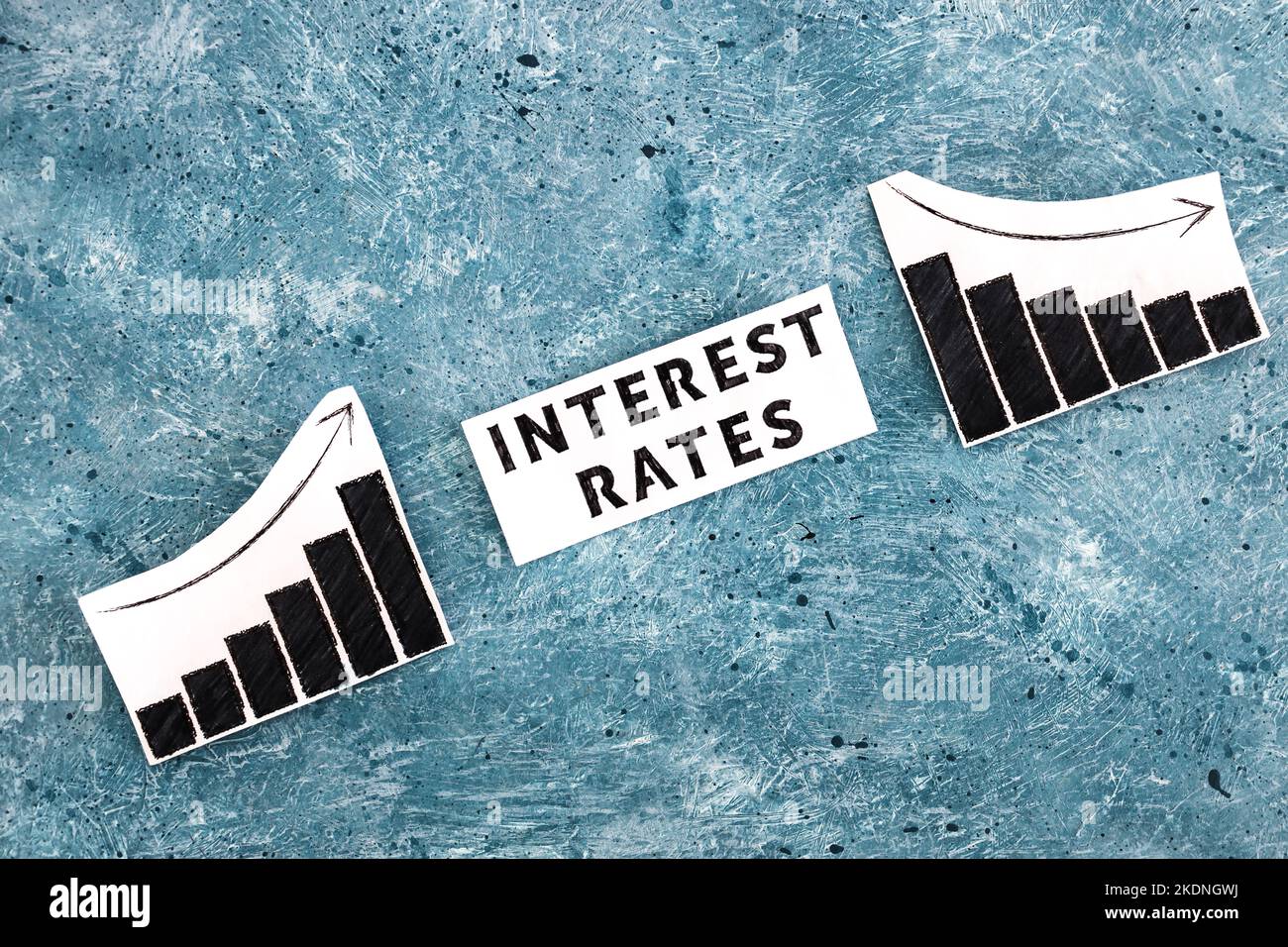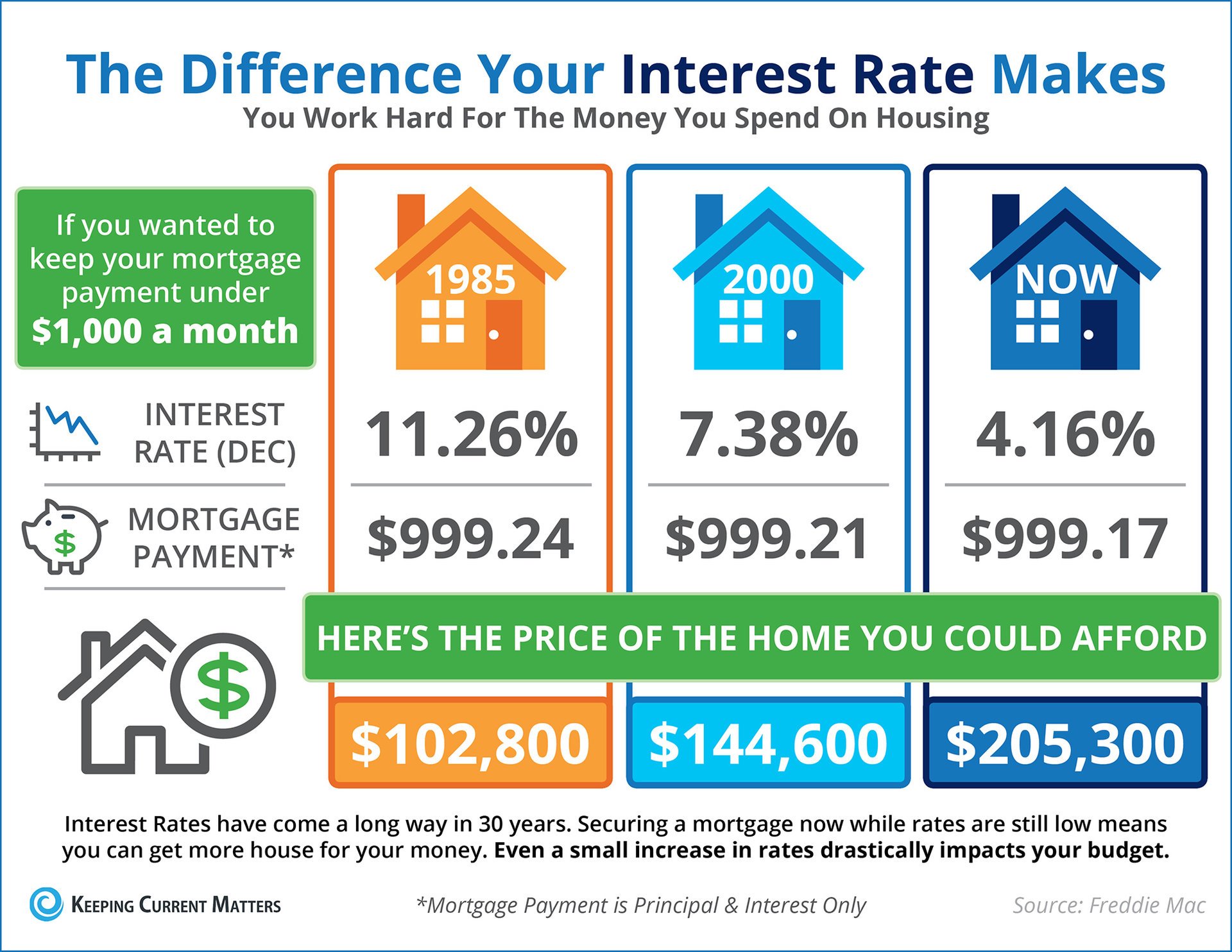Interest Rate Update: Is It Going Up or Down Today?
The interest rate landscape has been a subject of great interest for individuals and businesses alike, with its impact felt across various sectors of the economy. From mortgage rates to credit card interest, the fluctuations in interest rates can significantly influence consumer spending, borrowing habits, and overall economic performance. With the ongoing quest for stability and growth, staying informed about interest rate updates is crucial for making informed decisions about investments, loans, and financial planning.
In recent years, interest rates have been on a rollercoaster ride, with periods of increase and decrease. This volatility has led to concerns about the sustainability of the current economic environment and the potential impact on various industries. As the interest rate landscape continues to evolve, it's essential to understand the factors driving these changes and how they might affect your financial situation.
Understanding Interest Rate Dynamics
Interest rates are determined by the central bank, in this case, the Federal Reserve in the United States. The central bank sets short-term interest rates, which then influence long-term interest rates and other economic indicators. The Federal Reserve's dual mandate is to promote maximum employment and price stability, with a focus on maintaining low and stable inflation.
The Impact of Interest Rates on the Economy
The interest rate environment has a profound impact on the economy, influencing consumer spending, borrowing habits, and investment decisions. When interest rates are low, borrowing becomes cheaper, which can boost economic growth as individuals and businesses take on more debt to invest in projects and businesses.
On the other hand, when interest rates rise, borrowing becomes more expensive, which can slow down economic growth as individuals and businesses become more cautious about taking on debt. This can also lead to higher inflation, as increased borrowing can fuel demand for goods and services.
Interest Rate Trends: Past, Present, and Future
Historically, interest rates have been influenced by factors such as inflation, economic growth, and global events. In recent years, interest rates have been influenced by factors such as the COVID-19 pandemic and the ongoing trade tensions between the US and China.
In the United States, interest rates have been on a long-term trend of decline since the 2008 financial crisis. However, in recent years, interest rates have shown signs of stabilizing, with the Federal Reserve indicating that it may continue to raise interest rates to maintain economic growth and inflation control.
Factors Influencing Interest Rate Decisions
The central bank's decision to raise or lower interest rates is influenced by a range of factors, including economic indicators such as inflation, unemployment, and GDP growth.
Key Economic Indicators
- Inflation Rate: The rate of price increase in the economy, measured as a percentage change in the Consumer Price Index (CPI).
- Unemployment Rate: The percentage of the labor force that is currently unemployed, providing a measure of labor market conditions.
- GDP Growth Rate: The rate of change in the economy's total output, measured as a percentage change in GDP.
Interest Rate Benchmarks
Interest rates are benchmarked against a range of indicators, including:
- Federal Funds Rate: The interest rate at which banks lend and borrow money from each other.
- Treasury Yield Curve: A graph showing the yield of Treasury bonds at different maturities.
- Long-term Interest Rates: Interest rates on long-term government bonds, such as 10-year and 30-year Treasury bonds.
Interest Rate Update: What's Happening Today?
As of the latest update, interest rates remain stable, with the Federal Reserve maintaining its stance of keeping interest rates low. However, the interest rate landscape is constantly evolving, with factors such as inflation, economic growth, and global events influencing the central bank's decisions.
Current Interest Rate Trends
- Short-term Interest Rates: The Federal Funds Rate remains at 1.5%, with no significant changes anticipated in the near future.
- Long-term Interest Rates: 10-year Treasury bond yields remain around 2.0%, while 30-year Treasury bond yields remain around 3.0%.
- Credit Card Interest Rates: Credit card interest rates remain high, ranging from 12% to 25% depending on the issuer and borrower creditworthiness.
What Does This Mean for You?
The current interest rate environment has significant implications for individuals and businesses, with the potential to impact borrowing habits, investment decisions, and overall economic performance.
Conclusion
The interest rate landscape is constantly evolving, with factors such as inflation, economic growth, and global events influencing the central bank's decisions. Understanding the factors driving interest rate changes and how they might affect your financial situation is crucial for making informed decisions about investments, loans, and financial planning.
By staying informed about interest rate updates and trends, you can make the most of the current interest rate environment and position yourself for long-term financial success. Whether you're looking to borrow, invest, or save, interest rates play a significant role in shaping your financial landscape.
Matthew Gray Gubler Partner
Lorne Greene Height
Iradha
Article Recommendations
- Eurome
- Laurenpton Husband
- King Von Autopsy Back
- Who Is Tony Hinchcliffe Father
- Bea Alonzo New Boyfriend
- Taylor Mcgregor
- Marcus Rosner
- Ava Baronibs
- Ava Baroni
- Zeeko Zaki



